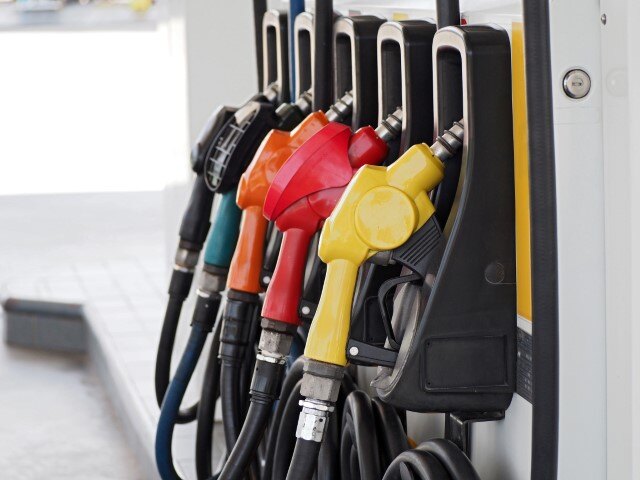World's largest "waste-to-ethanol" plant attracts royalty
The holy grail for ethanol has always been "can we make ethanol for gasoline out of stuff we can't eat?" More specifically, the big issue has been...

 Just a followup on previous news about Congress considering a lowering of the ethanol volume mandated by the Renewable Fuels Standard - the EPA is slashing the recommended amount of "cellulosic ethanol" that is folded into the total mandated amount of fuel.
Just a followup on previous news about Congress considering a lowering of the ethanol volume mandated by the Renewable Fuels Standard - the EPA is slashing the recommended amount of "cellulosic ethanol" that is folded into the total mandated amount of fuel.
If that doesn't make sense, let's simplify it. Word is that the total amount of "biofuels" required for use in 2014 is going to be lowered - from 18.15 billion gallons to just over 15 billion gallons. But there are a number of kinds of biofuels. Biodiesel is one of them and ethanol certainly is another. Biodiesel made from "trash" is another kind. And even within ethanol, there are different kinds of ethanol. Well, not actually different "kinds" - ethanol is ethanol. What most people think of with ethanol is the stuff made from corn that they think could otherwise be used for ood. But what about the corn stalks and leaves and all the inedible plant "waste"? Research has been going on for years to try and crack the code of how to convert all this "biomass waste" into ethanol that can be used in our nation's gasoline.
But it's not easy to do and nobody has figured out the Holy Grail of a process that will convert all that unusable plant waste into fuel we can use in a way that doesn't break the bank. Congress and the EPA have, nonetheless, put volume requirements in the law that are designed to spur the market into action to solve the problem. At the hearings on the issue, the nation's ethanol producers are unanimous in pleading that nobody has figured out how to do it cost-effectively. That argument is resonating with Congress, thus leading to a cut in the required amount of "cellulosic ethanol" needing to be produced in the upcoming year.
So how much does this represent? Recall that we were talking about a total ethanol amount of about 15 billion gallons. The proportion of that coming from cellulosic sources? Just 17 million gallons. Under the umbrella of 'best laid plans', how much was the market supposed to be producing by now? The Clean Air Act says 1.75 billion gallons. So this cut will reduce expected cellulosic ethanol volume by 99.3%.
The holy grail for ethanol has always been "can we make ethanol for gasoline out of stuff we can't eat?" More specifically, the big issue has been...

Almost all legislation about adding ethanol to gasoline is aimed to cut greenhouse gas emissions from a car’s exhaust. So, with several years’ of...

The whole point of blending ethanol into gasoline across the nation was to improve the environment by making gasoline burn cleaner. Cleaner burning...